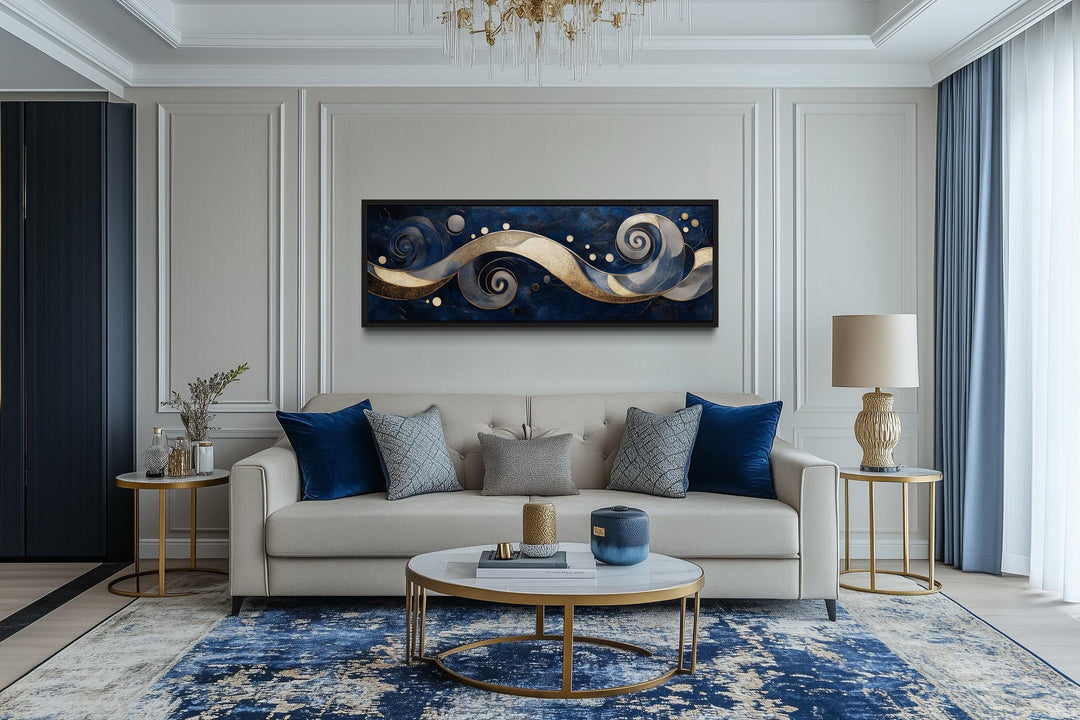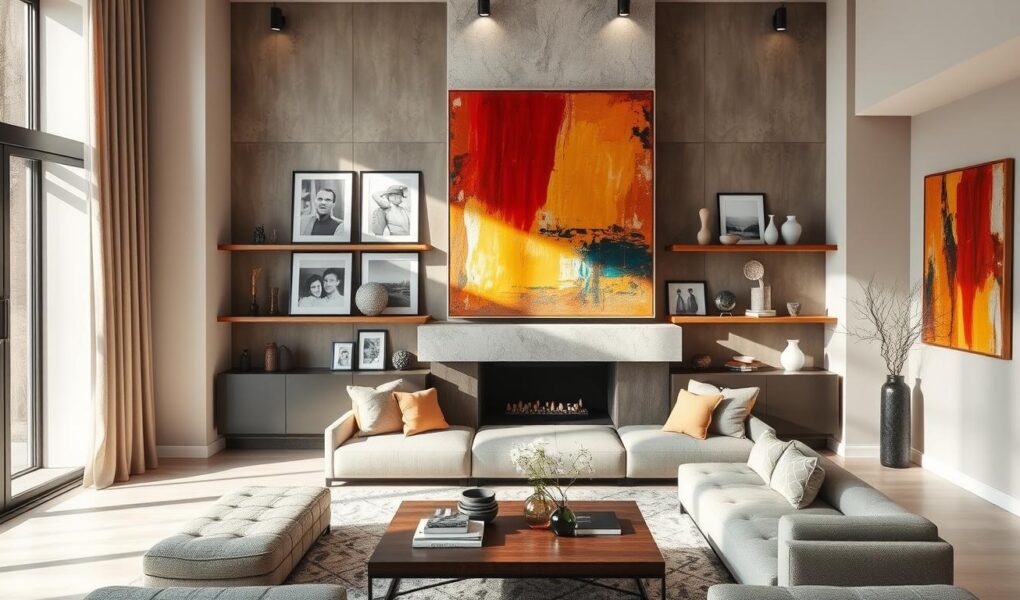The Art of Combining Shelves: A Guide for Photographers
As a professional photographer, you know how crucial it is to present your art in a manner that not only highlights its beauty but also complements the spaces they inhabit. One inventive way to accomplish this is through combining art and shelving. This method not only optimizes your wall space but also fosters a dynamic and personalized ambiance that resonates with your artistic goals. In this article, we'll delve into how to seamlessly integrate art and shelving for striking displays that not only dazzle your clients but also enrich your portfolio.

Why Combine Art and Shelving?
The idea of combining art and shelving presents numerous advantages, particularly for photographers. It offers a dual purpose: a platform for showcasing your beautiful photography and a practical storage solution. By intertwining shelves with your artwork, you create a distinctive aesthetic that attracts attention and encourages viewers to delve deeper into the display. This technique is ideal for photographers eager to infuse depth and dimension into their presentations, crafting a gallery-like experience in their clients' homes.
This method also enables storytelling through your work. Arranging photographs alongside related objects or props lends context to your art, making it more relatable and engaging for your audience. This approach is especially advantageous for those specializing in storytelling or documentary-style photography.
Design Ideas for Combining Art and Shelving
Floating Shelves for a Minimalist Look
For those with a penchant for a clean and minimalist aesthetic, floating shelves are an ideal choice. They create a sleek backdrop that allows your photographs to shine. You can opt for a linear arrangement of images or create more visual intrigue by varying the heights of the shelves. Pair your photos with small decorative accents, like vases or sculptures, to elevate the elegance of your display.
Gallery Walls with a Unique Twist
While gallery walls are a timeless option for displaying art, incorporating shelves can enhance this concept significantly. Blend framed photographs with open shelves to achieve a layered effect. This approach allows for a mix of different frame sizes and styles, resulting in a visually captivating composition. Personal touches like books or mementos that tie into the theme of your photography can further enrich the display. For additional insight on creating a captivating wall, explore our guide on large wall art.
Industrial Chic with Metal Shelving
If you aim to infuse an edgy, contemporary feel into your display, consider using metal shelving. This style suits photographers looking to feature their work in a modern, urban setting. The industrial flair of metal shelves complements black and white photography perfectly, establishing a striking contrast that enhances your images. You can also integrate vintage cameras or other photography gear as part of your decor to emphasize your passion for the craft.
Practical Tips for Arranging Art and Shelves
Assess Your Space
Before arranging your art and shelves, take a moment to evaluate the space. Consider the dimensions and shape of the wall, along with any existing furniture and decor. This analysis will guide you in determining the best layout, ensuring your display complements the room instead of overwhelming it.
Pursue Balance and Symmetry
When you arrange your art and shelves, strive for balance and symmetry. This doesn't necessitate a perfectly aligned display but rather a sense of harmony throughout the composition. Experiment with different arrangements until you discover one that feels aesthetically pleasing and cohesive.
Prioritize Lighting
Lighting is vital in how your photographs are perceived. Ensure that your display is well-lit, either by utilizing natural light or thoughtfully positioned lamps. Proper lighting not only highlights the nuances of your photographs but also fosters a warm and inviting atmosphere. For more inspiration on wall decor, check out this oversized wall decor guide.
Conclusion
Combining art and shelving provides photographers with a unique and innovative avenue to showcase their work. By thoughtfully merging these elements, you can craft displays that are visually stunning, functional, and deeply personal. Whether your style leans towards minimalist, industrial, or eclectic, the options are limitless. Embrace this creative approach to highlight your photography and make a lasting impression on your clients.

Frequently Asked Questions
How do I select the right shelves for my artwork?
When choosing shelves, consider the aesthetic you want to achieve. Floating shelves work great for a minimalist vibe, while metal shelving can add an industrial flair. Make sure the shelves are robust enough to support the weight of your frames and any additional decorative items.
Can I blend different art styles with shelving?
Absolutely! Combining diverse art forms, such as paintings, photographs, and sculptures, can generate a dynamic and captivating display. Just ensure you maintain a cohesive theme or color scheme to unify the arrangement.
Whats the best way to organize photographs on shelves?
Begin by placing larger frames at the back and smaller ones in front to add depth to your display. Experiment with various layouts until you find a composition that feels balanced and visually attractive.

